Which is the sustainable practice among operating wind farms, clear cutting, flood irrigation, and overfishing?
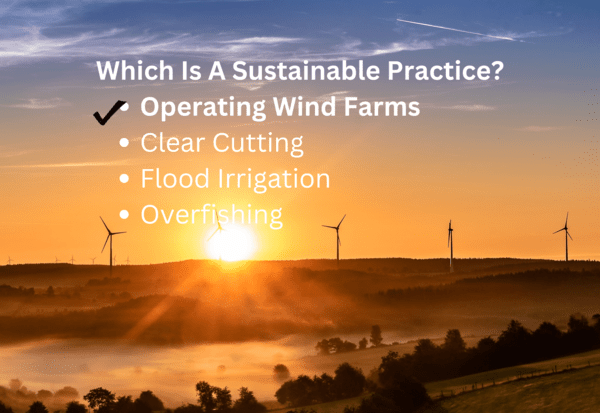
Among these options, the sustainable practice is operating wind farms. Wind farms generate renewable energy with minimal environmental impact, helping to reduce reliance on fossil fuels and decreasing greenhouse gas emissions.
Read more: How Going Green Could Create Big Savings
What are the reasons for operating wind farms being a sustainable practice?
Operating wind farms is considered a sustainable practice for many reasons. A few of them are listed below with explanations.
1. Renewable Energy Source:
Wind is a renewable resource, meaning it is naturally replenished and does not deplete over time. Unlike fossil fuels, wind energy can be harnessed continuously without running out.
2. Low Greenhouse Gas Emissions:
Wind farms generate electricity without burning fossil fuels, resulting in minimal greenhouse gas emissions. This helps reduce the carbon footprint and combat climate change.
3. Minimal Environmental Impact:
Wind turbines have a relatively small land footprint, allowing land to be used for other purposes, such as agriculture. They also do not produce air or water pollution, making them a cleaner energy option.
4. Energy Independence:
Wind energy reduces reliance on imported fossil fuels, contributing to energy security and independence for many countries.
5. Scalability:
Wind farms can be scaled up or down depending on energy needs. Small turbines can power individual homes, while large-scale wind farms can supply electricity to entire communities.
6. Economic Benefits:
Wind farms create jobs in manufacturing, installation, and maintenance. They also generate income for landowners who lease their land for turbine installation.
7. Preservation of Resources:
By using wind as an energy source, other finite natural resources, like coal and natural gas, are preserved for future generations.
8. Support for Sustainable Development Goals:
Wind energy aligns with global efforts to promote sustainable development by providing clean energy, reducing poverty, and promoting economic growth without harming the environment.
These factors make wind farms a key component of sustainable energy strategies worldwide.
Why are clear-cutting, flood irrigation, and overfishing not sustainable practices?
1. Clear Cutting:
- Deforestation: Clear cutting involves removing all trees in a given area, leading to deforestation. This destroys habitats for wildlife, reduces biodiversity, and disrupts ecosystems.

- Soil Erosion: Without trees to hold the soil in place, clear cutting can cause severe soil erosion, leading to loss of fertile land and increased sedimentation in rivers and streams.
- Climate Change: Trees absorb carbon dioxide, a major greenhouse gas. By cutting down large areas of forest, clear cutting contributes to increased CO2 levels in the atmosphere, exacerbating climate change.
2. Flood Irrigation:
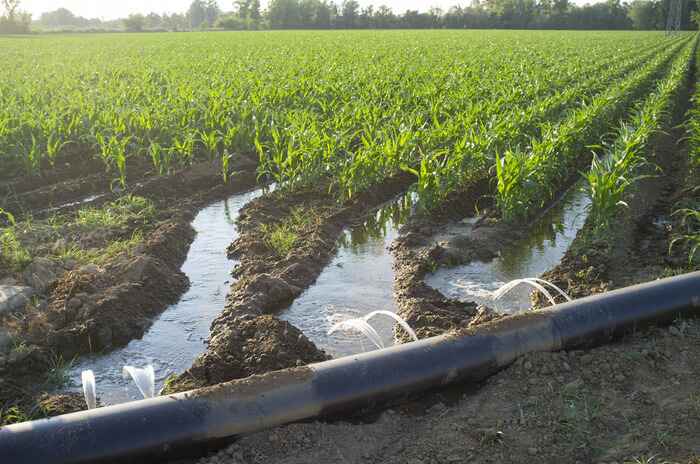
- Water Waste: Flood irrigation involves flooding fields with water, much of which is lost through evaporation or runoff. This leads to inefficient water use, especially in regions where water is scarce.
- Soil Degradation: Continuous flooding can lead to waterlogging and salinization of the soil, reducing its fertility and making it less suitable for future crops.
- Depletion of Water Resources: Over-reliance on flood irrigation can deplete freshwater sources, such as rivers and aquifers, affecting both human populations and ecosystems.
3. Overfishing:
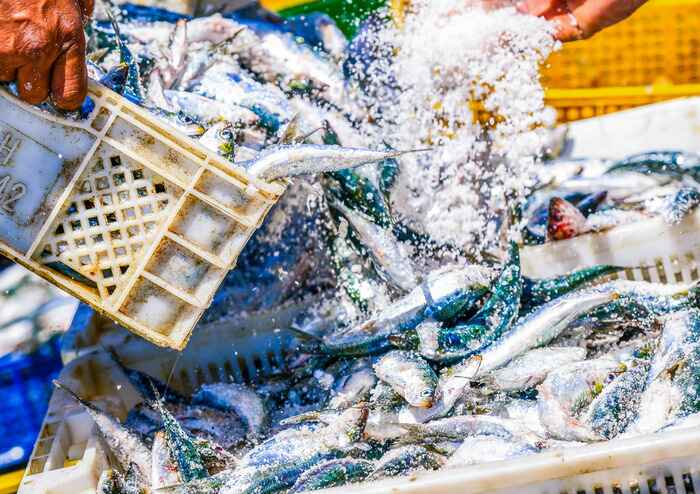
- Depletion of Fish Populations: Overfishing involves catching fish at a rate faster than they can reproduce, leading to the decline or collapse of fish populations. This disrupts marine ecosystems and threatens the livelihoods of communities that rely on fishing.
- Bycatch: Overfishing often results in bycatch, where non-target species, such as dolphins, turtles, and seabirds, are unintentionally caught and killed, further harming marine biodiversity.
- Ecosystem Imbalance: Removing large numbers of certain fish species can upset the balance of marine ecosystems, leading to cascading effects that impact other species and the health of the ocean.
These practices are unsustainable because they deplete natural resources, harm ecosystems, and compromise the ability of future generations to meet their needs. Sustainable alternatives, such as selective logging, efficient irrigation methods, and regulated fishing practices, can help mitigate these impacts.





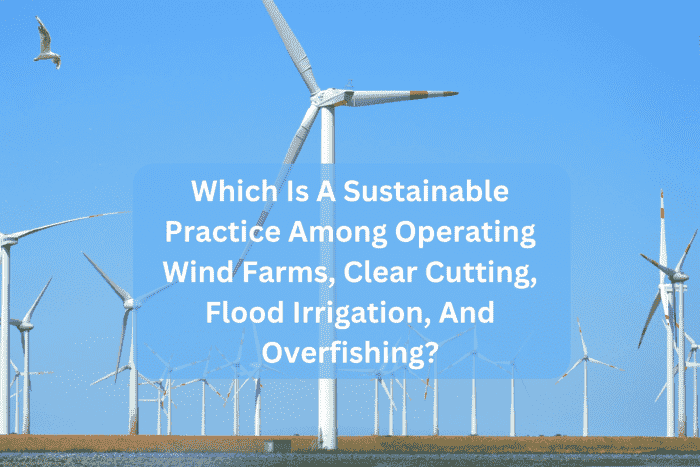



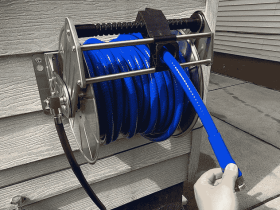
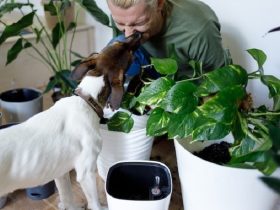
Leave a Review